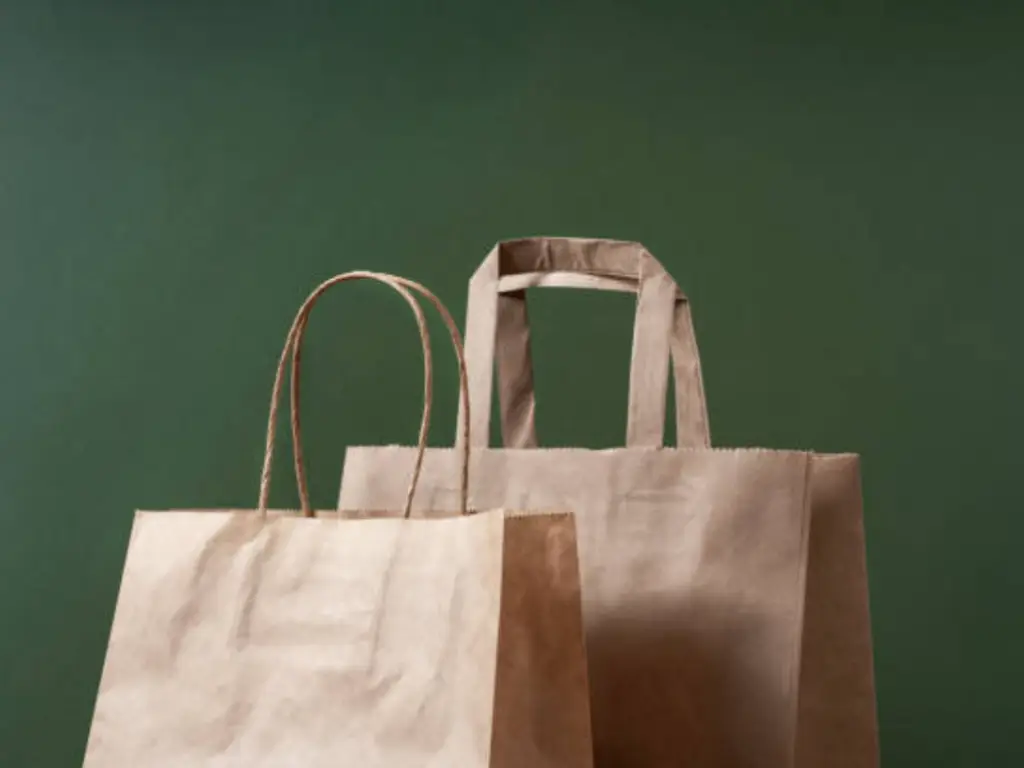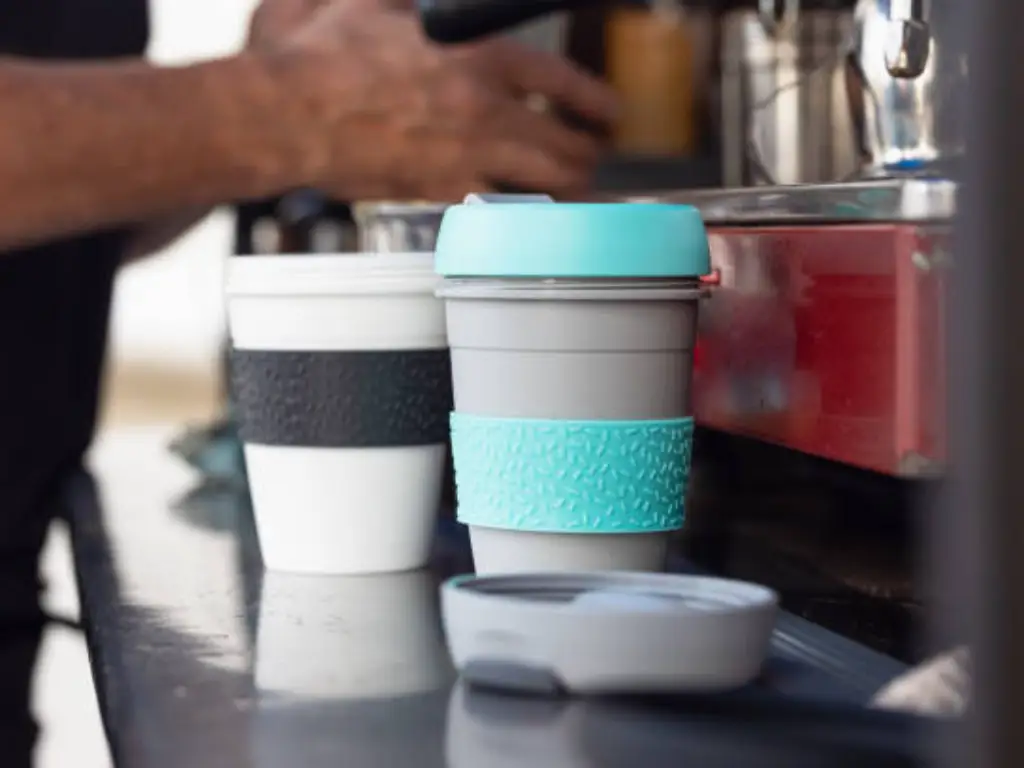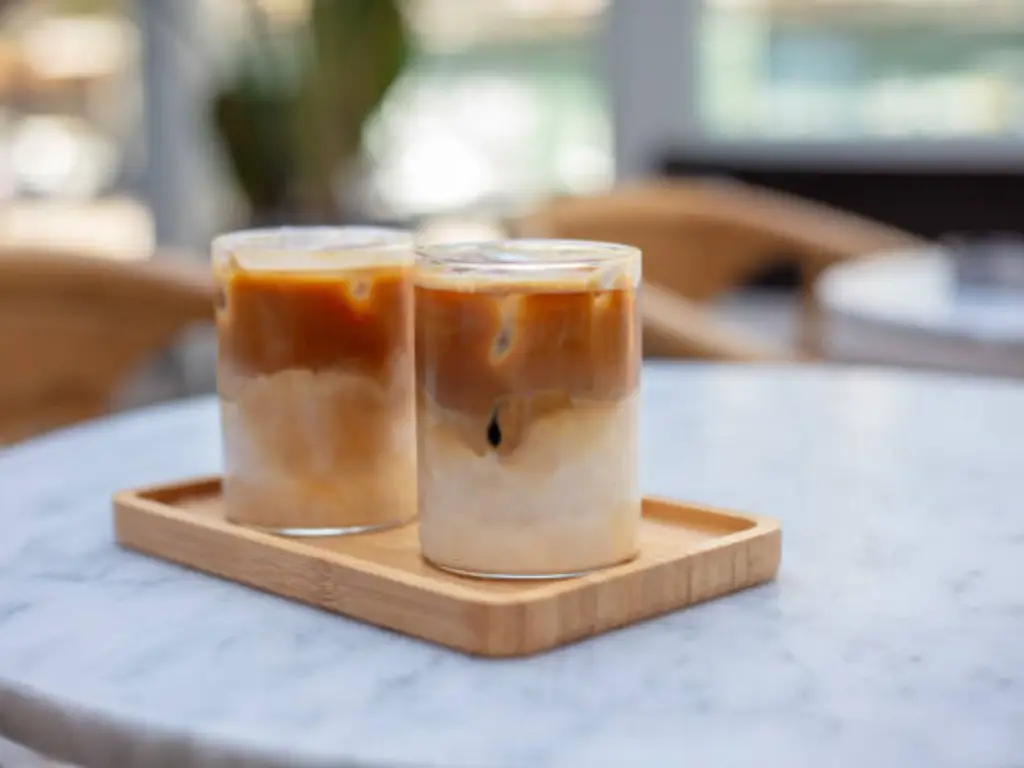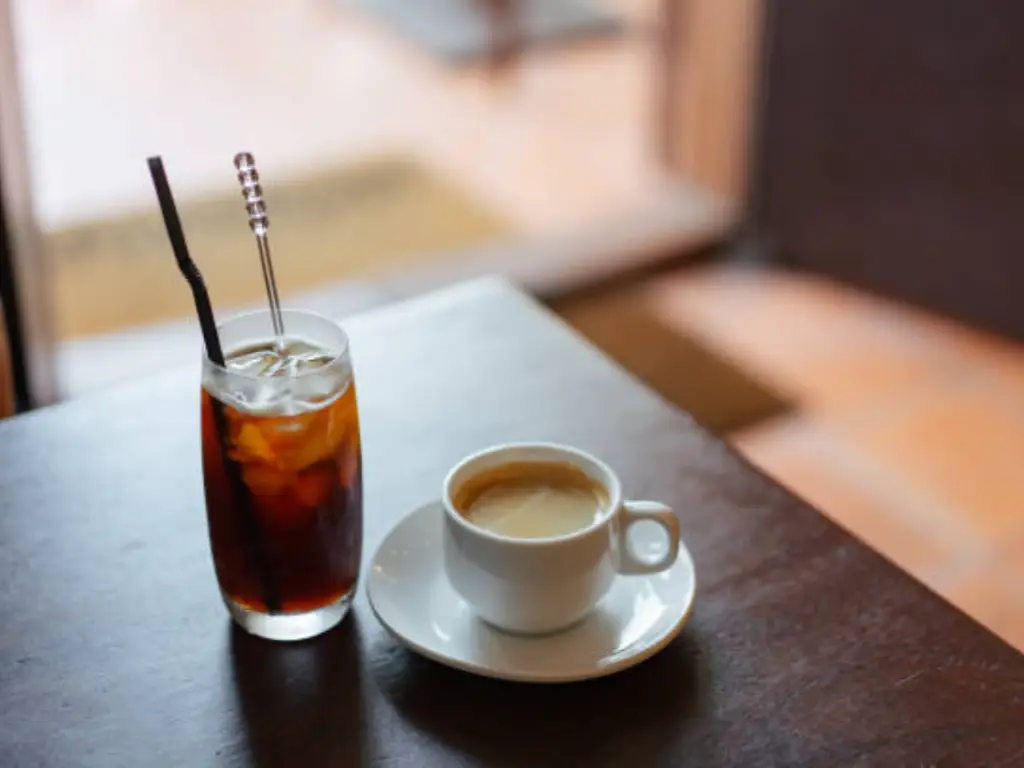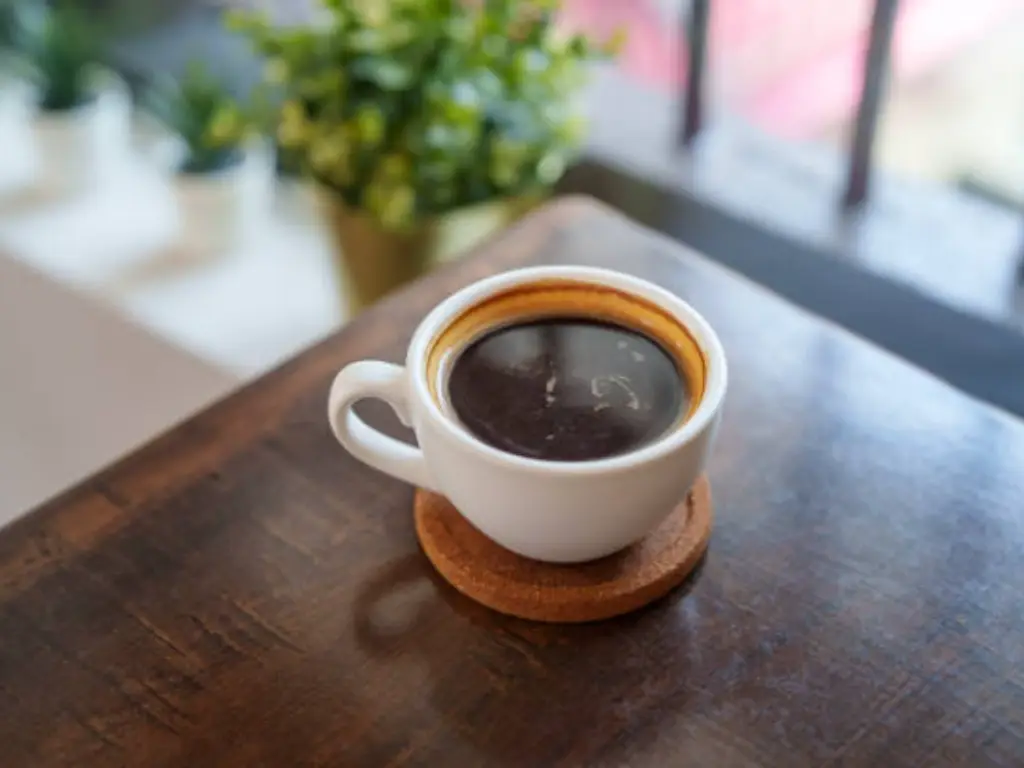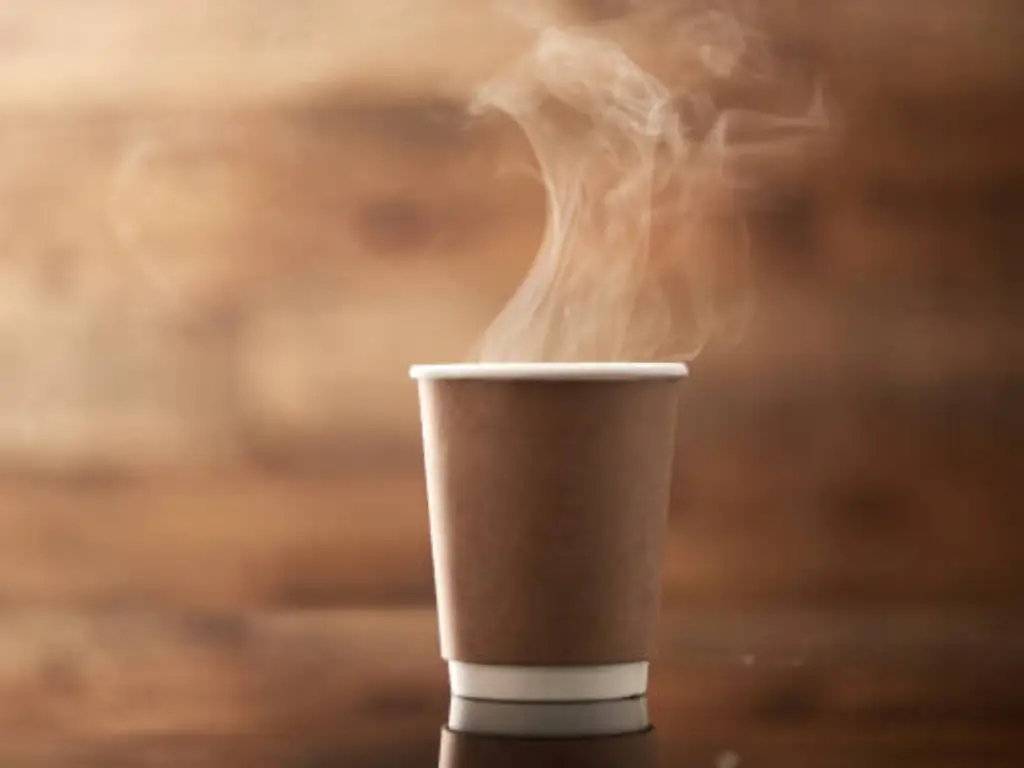
Introduction
It is one of the small, quiet dilemmas of modern life. The coffee you purchased an hour ago is on your desk, its heat gone, its promise of energy turned into a lukewarm reality. The microwave is just a few steps, and it provides a fast recharge. You are holding the paper cup and you hesitate, wondering the most important question: Is this safe? Well, we will give a direct answer. The answer to the vast majority of single-use paper coffee cups, the ones you get at coffee shops, vending machines, and office break rooms, is a resounding and firm no, unless the cup is specifically labeled as microwave-safe. So as to know why, this comprehensive guide will break down the typical paper cup, examining the science behind the cup and the potential dangers involved, so that you can make an informed and confident decision.
Why Most Paper Cups Aren’t Microwave-Safe: A Look Inside
The disposable paper cup is a marvel of simple utility at first glance. It contains liquid, keeps our hands warm, and is thrown away without any hesitation. However, its plain look conceals a complex and intricate composition. It is not just folded paper but a composite material that is engineered, and several components are working in tandem. To see why this ordinary item is a danger in the microwave, we need to consider its three separate components: the waterproof lining, the structural adhesives, and the decorative materials. Although each component is necessary to the main purpose of the cup, it presents a potential hazard that can compromise the cup’s structure when exposed to the high-powered, focused energy of a microwave oven.
| Component | Function | Potential Risk in Microwave |
| Polyethylene (PE) Lining | Provides waterproof barrier | Low melting point; may degrade and leach chemicals |
| Paperboard Body | Offers structural support | Absorbs moisture when lining fails; weakens under heat |
| Glues & Heat-Sealed Joints | Binds cup body and base | Adhesives may soften; seams can split or fail |
| External Inks/Prints | Visual branding and decoration | Certain inks may vaporize or release harmful fumes |
| Metallic Elements (e.g., Foil or Inks) | Decorative shimmer or logos | Can cause arcing (sparks) and even ignite the cup |
The Invisible Barrier: Understanding the Plastic (PE) Lining
In order to counteract the inherent absorbency of paper, manufacturers bond an ultra-thin, waterproof layer to the inside of a paper cup. This is a layer of polyethylene (PE) plastic in the overwhelming majority of single-use cups, which is applied through a process known as extrusion coating. This smooth lining is the key to the cup being able to contain hot coffee without becoming flimsy or a wet lump.
Nevertheless, this lining is also the main cause of hazards in a microwave. The low-density polyethylene (LDPE) commonly employed has a low melting point of 105-115°C (221-239°F). Microwaves heat by vibrating water molecules, rapidly heating the liquid to 100°C (212°F), its boiling point. This is a very high temperature that is dangerously near the melting point of the PE lining and it is highly probable that local hot spots in the liquid will reach this temperature during microwave heating. This softens and degrades the plastic.
Two major risks occur when the PE chemical lining melts. To begin with, the structural integrity of the cup is affected. The waterproof barrier is not effective and the paper gets soaked with hot liquid and which may cause a hazardous risk of leaks or even a complete collapse. Second, it is a health issue of serious concern: chemical leaching. When the plastic is heated, harmful chemicals compounds and microplastics may leach out of the lining directly into your drink. Although most cups nowadays are BPA-free, the basic safety rule is that when you heat a non-microwave-safe plastic to its melting point in direct contact with your food, this protective layer becomes a possible source of contamination.
Structural Weak Points: How Heat Affects Glues and Seams
A paper cup is not a monolithic object. It is a combination of components, mainly a conical body and a circular base. Adhesives are used to bind these parts. The bulk of the cup is made of a flat sheet of paperboard, which is glued to a vertical seam. The lower disc is then inserted and heat-sealed in position, the edges curled and bonded to the lower wall of the cup body. The adhesives employed in this process are specifically made to resist the heat of the first hot beverage, but they are not always made to resist the intense, penetrating heat that is produced in a microwave.
When a cup is microwaved, the liquid in the cup produces a lot of heat and steam. This harsh condition assaults the structural vulnerabilities of the cup: the seams. The adhesive may become soft and lose its adhesive power. The steam pressure may accumulate in the paperboard itself, and strain the glued joints even more. The outcome may be a disastrous collapse of the cup structure. The bottom may drop out, or the side seam may open up, and scalding hot liquid may come pouring out. This poses a serious and imminent danger of severe burns. In contrast to the slow process of chemical leaching, a structural failure is abrupt and may cause serious injury, making a routine reheating job a potentially dangerous one.
Hidden Hazards: The Risk of Inks, Dyes, and Metallic Designs
The last part of the paper cup structure is the outside – the branding, logos, and decorative patterns that make it look good. These designs are used with inks and dyes which are, in normal conditions, absolutely harmless. But when they are put in a microwave, they add a new dimension of doubt. The heat may vaporize some inks or may emit compounds that you do not want to inhale or consume.
Much more dramatic and hazardous is the risk of any metallic components in the design. This might be a blatant metallic foil logo or a more subtle, glittering ink that has microscopic flecks of metal in it. Microwave ovens and metal are incompatible. Microwaves are reflected when they hit a metallic surface. This may lead to a phenomenon known as arcing, in which a strong electric spark leaps between the metal and the transmitter in the microwave. This is not a harmless light show, it is a strong electrical discharge that can easily set the paper cup on fire, causing a fire in your microwave. Indeed, the paper itself can burn even without a spark, due to long-term heating.
The metal, almost imperceptible to the naked eye, can cause this hazardous reaction even in a very small quantity. Since a consumer can usually not tell what the inks on a cup are made of, any decorated cup must be considered a possible fire hazard.
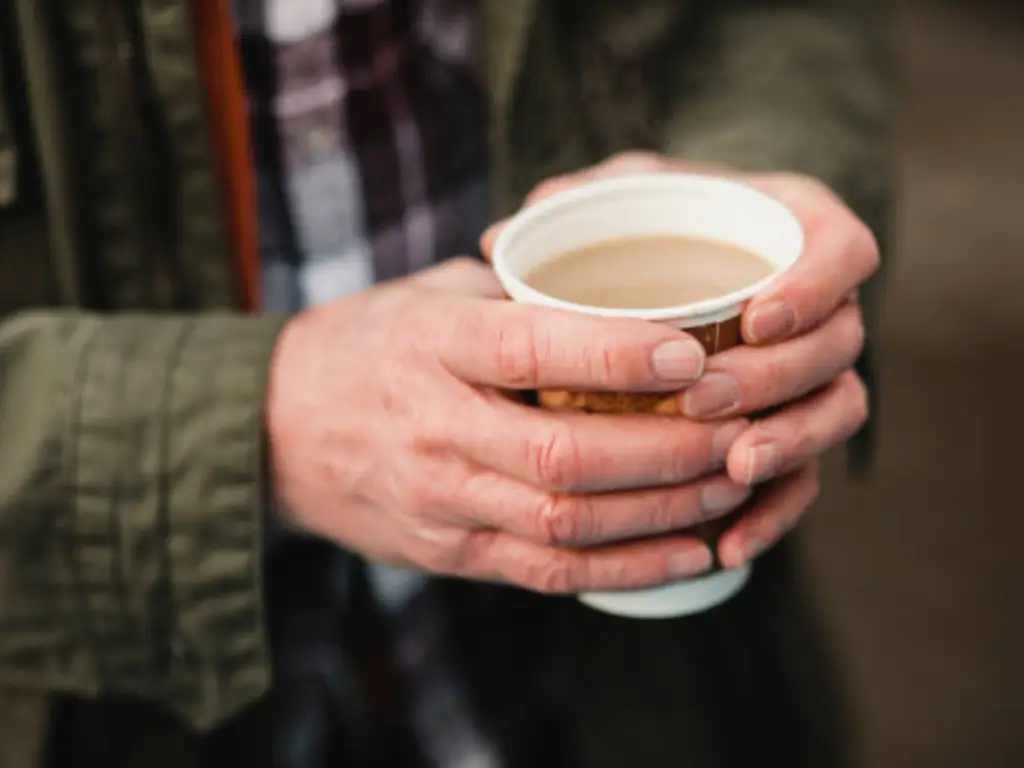
How to Identify a Genuinely Microwave-Safe Cup
With these inherent dangers, how can one go about reheating a drink? Among the branding and nutritional information on a cup, the only sure way to know whether a paper cup or any container is safe to use in the microwave is to look at the explicit symbol of microwave-safe printed on it.
This symbol is usually three wavy horizontal lines, usually in a box or a plate under the waves. This symbol is a statement by the manufacturer that the product has been designed and tested to be microwave safe. It assures that the materials, adhesives, and inks that are used will not melt, leach, or ignite when subjected to normal microwaving conditions.
It is important not to mix this with other common symbols. The food-safe symbol, usually a cup and fork, merely indicates that the material is safe to come into contact with food in normal circumstances- it does not indicate anything about heat. A recycling symbol is only an indication of the type of material to be disposed of. When the microwave-safe symbol is not present, one should always assume that the cup is not safe. In case of doubt, the best thing to do is to pour the liquid into a known safe container.
YOONPAK’s Solution: Custom, Microwave-Safe Options by Design
The challenges outlined are not insurmountable. Overcoming them requires a deliberate fusion of material science and safety engineering—and this is the expertise that defines a specialized manufacturer like YOONPAK.
At YOONPAK, our process, refined over 24 years of industry experience, is centered on quality and customization. We begin with a detailed consultation to understand the specific application for your cups. Based on your customers’ needs, such as the possibility of reheating, our experts will guide you to the most appropriate and safest materials and designs.
Our professional development team then provides free design support, offering full customization in size, shape, and printing to meet your brand’s exact specifications. This capability allows us to produce everything from high-quality standard cups to fully certified microwave-safe containers and other packaging, all backed by international certifications like FDA, BRC, and FSC to ensure product safety and compliance.
Reach out to our team to discuss your specific requirements and receive a complimentary design proposal.
Beyond the Traditional Cup: Are Eco-Friendly Alternatives Microwave-Safe?
The emergence of more sustainable materials such as PLA, bamboo, and sugarcane has brought new alternatives to the disposable cup market. Although they have a better environmental impact, are they safe in the microwave? The term eco-friendly is used to describe the lifecycle of a product, not its tolerance to heat, and so each material must be considered individually.
PLA-Lined Cups
Most compostable cups have a lining of PLA (Polylactic Acid), a bioplastic that is made of plant starch. Although PLA is great for composting, it has a major drawback: it is not heat resistant. It starts to melt and deform at just 60°C (140°F), which is well below the boiling point of water. It is thus very unwise to microwave a PLA-lined cup. The lining will easily warp and even melt, undermining the structure of the cup much more easily than a regular paper cup.
Molded Fiber Cups (Bamboo & Sugarcane Bagasse)
Another type is cups made of molded bamboo or sugarcane fiber. The unadulterated fiber itself is usually microwave safe and does not have plastics that can melt or leach chemicals.
But there are major caveats. These are absorbent materials and can absorb moisture leading to the walls of the cup becoming very hot and structurally soft after microwaving. Moreover, other manufacturers might include binders or a waterproof lining (which might be PLA) to improve performance. The composition of the cup is not known without a clear label.
Finally, although the base fiber is safer, there is a possibility of additives and the risk of the cup being flimsy and dangerously hot, so the main rule remains the same: always check the microwave-safe symbol.
Smart and Simple Alternatives for Reheating Your Drink
Although the best solution would be to use expertly engineered microwave-safe paper cups, the easiest and most universal solution is to pour your drink into another container. Convenience options are easily available in any kitchen at home or in the office.
A ceramic mug is and has always been the gold standard of microwaving liquids. Ceramic is a non-reactive material, that is made to withstand high temperatures without leaching chemicals or losing structural integrity. It is evenly heated and is a safe, reusable and environmentally friendly option.
Another good alternative is glass. Any glass measuring cup or a drinking glass of borosilicate glass (such as Pyrex) will do the trick. It enables you to observe the liquid when it is heating and is chemically stable.
The rule is easy: when you are not sure whether a disposable container is safe, take some time to transfer its contents into a permanent one. This minor change totally removes the dangers of plastics, glues, and inks, ensuring a safe and perfectly heated drink each time and giving you peace of mind.
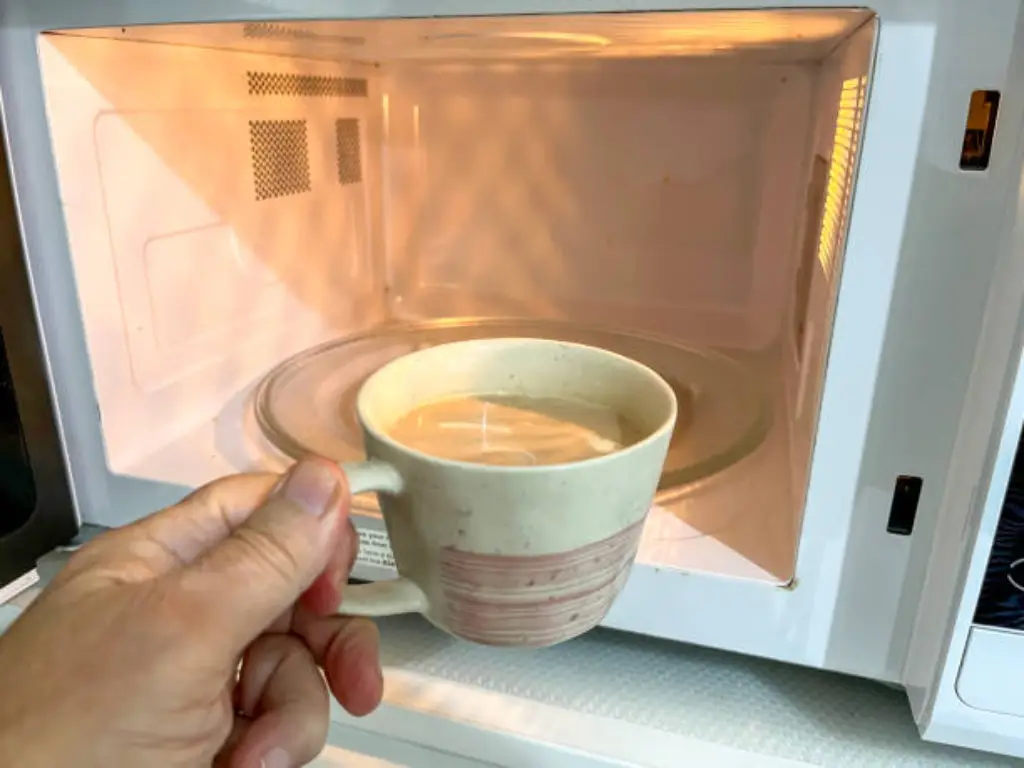
Practical Tips for Safe Microwaving
In addition to the particular issue of paper cups, it is always a good idea to exercise general kitchen safety. The microwave is a strong device, and respecting it will help avoid most of the usual accidents.
- Prevent Overheating: Shorter cooking time and monitor your food or beverage. It is simpler to add 30 seconds than to clean up a boiled-over mess or a container that is too hot to handle. In the case of liquids, it is advisable to turn off the microwave before it boils completely and boils over.
- Check for Damage: Always check a reusable container before microwaving it. Check glass and ceramic for cracks or chips, which may break under thermal stress. In the case of plastic containers, look out for discoloration or warping, which indicates that the material has been damaged before by heat.
- Microwave-Safe Containers: This is the rule of thumb. Always check the microwave-safe symbol. Metal containers, foil, and utensils should never be used because they can result in hazardous arcing and fire.
- Cover Loosely: Cover liquids or foods that may splatter with a microwave-safe lid, a paper towel, or a microwave cover, but leave a small opening to allow steam to escape. This avoids the accumulation of pressure.
Final Takeaway
The lowly paper cup, the emblem of our speedy, convenience-seeking civilization, has a lesson to teach us in its layers. It reminds us that the things we use in our daily lives are more complicated than they seem and that convenience should not be at the expense of conscious safety. Whether or not to microwave a paper cup is not a yes or no question, but a risk evaluation using material knowledge. With the knowledge of what to seek out, the all-important microwave-safe symbol, and the knowledge of safer options, you are now in a position to make a smart and safe choice.
Frequently Asked Questions (FAQ)
Q: Why can’t you microwave Starbucks paper cups?
A: No. Starbucks cups have a plastic (PE) lining that is not microwave-safe. Reheating the cup can cause this lining to melt, potentially releasing chemicals into your drink, and can also weaken the cup’s glued seams, leading to leaks or collapse.
Q: Can you heat up food in a paper cup?
A: No, and it can be even more dangerous than heating liquids. Foods containing fats or sugars can reach temperatures much higher than boiling water, which greatly increases the risk of the plastic lining melting, the adhesives failing, or the paper itself igniting.
Q: Can you put a paper cup with water in the microwave?
A: No. The danger is the cup itself, not its contents. The heat from the water will still cause the cup’s unsafe plastic lining to degrade and its seams to weaken. The cup’s materials are simply not designed for microwave use, regardless of what is inside.


